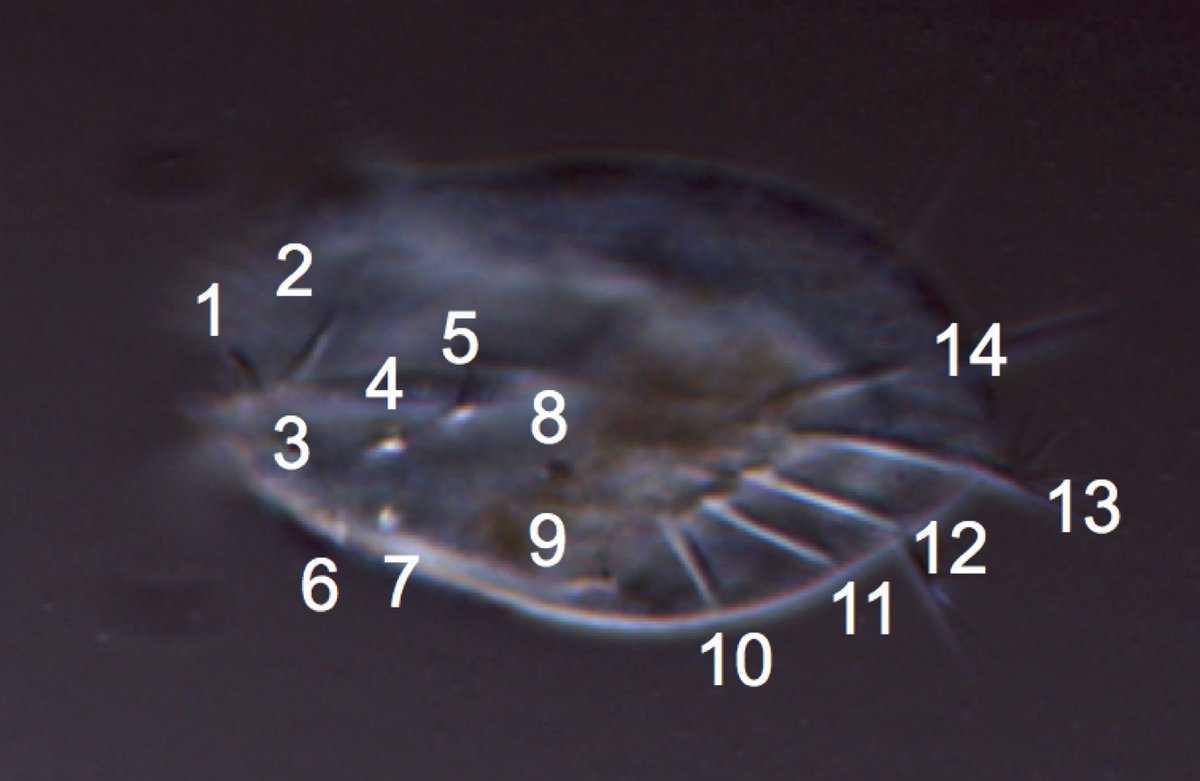Are the screaming BroodX cicadas driving you nuts? Wonder how such tiny insects even make such a racket? You’ve come to the right place! I study how insects make and hear sound. By the end of this I hope I can show what biophysical marvels they are! #DBIOTweetorial @NatashaMhatre 

So what is sound? It’s a disturbance in a medium, generated by a moving object. In this cool gif, by @drussellpsu, you can you see a grey bar moving back and forth within a pipe. The air in the pipe is pushed around, and the disturbance within it (sound) travels through the air.
So anything that moves makes a sound?
Yup, pretty much! The world is full of it: the wind shakes leaves, they rustle; tires vibrate because of friction, and they rumble.
But how ‘loud’ the sound is depends on quite a few things!
frontiersin.org/articles/10.33…
Yup, pretty much! The world is full of it: the wind shakes leaves, they rustle; tires vibrate because of friction, and they rumble.
But how ‘loud’ the sound is depends on quite a few things!
frontiersin.org/articles/10.33…
And insects use physics to be loud! For one they have a singing body part which vibrates with a strong resonance like a tuning fork! Wings in the case of crickets or the whole abdomen in the case of cicadas!
bit.ly/3ziuPWm
GIF by @drussellpsu
bit.ly/3ziuPWm
GIF by @drussellpsu
One hurdle is smol-ness! Their singing wings can be as tiny as a 1/10th the wavelength of the sound they are making. This leads to an ‘acoustic short circuit’: opposite phase waves from either side of the wing cancel out, making them tres inefficient.
bit.ly/3g9g2G9
bit.ly/3g9g2G9

Not to be outdone by physics, they have a trick up their sleeves. They make a tool! They use baffles to prevent wave interference! Engineers use them too, but the bugs were first!
I wrote a whole thread about how insect tool use gets too little love!

I wrote a whole thread about how insect tool use gets too little love!
https://twitter.com/NatashaMhatre/status/951906501223993344?s=20

Loudness, though, is a concept about ‘perception’, so it’s a two-way street. A bug is only loud or soft with respect to the listener!
First off, insect ears are weird and wonderful! Insects have evolved ears at least 17 times all on all these body parts! bit.ly/3iujEEc
First off, insect ears are weird and wonderful! Insects have evolved ears at least 17 times all on all these body parts! bit.ly/3iujEEc

As you can imagine from this diversity, they are all a bit different in how they work. One theme unites many of them: our friend resonance! Like their singing structures, their ears are also like tuning forks, resonating to the sound of their own species. bit.ly/3xbBRuw 

Thus insect ears aren’t willy-nilly listening to everything. They are tuning into a particular frequency band and rejecting other sounds. They are tapping into a deep principle in biology where sensors are matched to the stimulus statistics.
bit.ly/3zbaKS9
bit.ly/3zbaKS9

What if the insect wants to listen at many different frequencies, say for mates in one band and predators in another? Then they make ears which can do frequency analysis using travelling waves! In a way that is very similar to human ears!!!
bit.ly/2TUPKyN
bit.ly/2TUPKyN

And last but not least, there are tree cricket ears with their built in amplifer! (bit.ly/3cvtDW4) When the temperature goes up, males sing at a higher frequency, and that amplifier retunes too always keeping track of the right frequency! (bit.ly/2SndSts)
That’s it from me folks! This has been your bug sound #DBIOTweetorial! Your host today, Natasha Mhatre
@NatashaMhatre
Remember, bugs are cool! And so is physics and all the amazing physicists that make up the awesome #EngageDBIO team!
@NatashaMhatre
Remember, bugs are cool! And so is physics and all the amazing physicists that make up the awesome #EngageDBIO team!

• • •
Missing some Tweet in this thread? You can try to
force a refresh

















